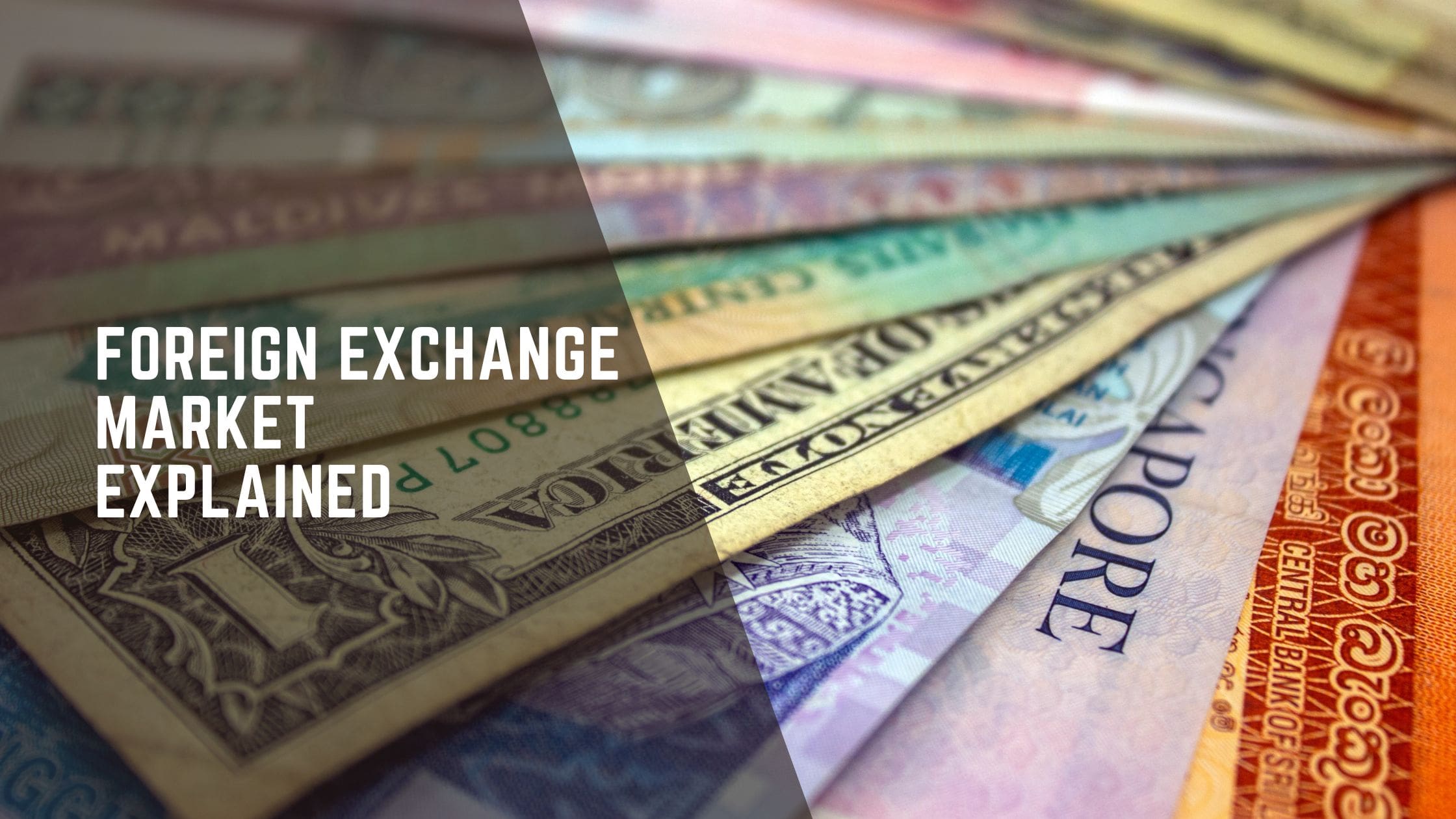
GBP to INR History – The Story of a Currency Gap
Quick Summary:
- Explore the journey of the Indian Rupee (INR) against the British Pound (GBP) from 1947 to 2024.
- Understand the economic events that influenced the exchange rates over the decades.
- Discover how Laxmii Forex can assist you with reliable and efficient foreign exchange services.
Why Compare GBP to INR History Since 1947?
The history of GBP to INR isn’t just a currency chart. It’s a reflection of where are the things in terms of currency value after all these years since 1947 when India got independence from the British rule.
Picture this. The British have just left. India is independent, but economically? Not quite. The Indian Rupee is still pegged to the British Pound. At the time, 1 GBP was worth ₹13.33. Fast forward to today, and that number has ballooned past ₹100.
This shift isn’t just about inflation or currency fluctuations. It’s the result of wars, oil crises, economic reforms, political decisions, and decades of transformation.
Every rise in the exchange rate tells a story. Every drop hints at a turning point. If you want to understand the economic journey of India and the UK, just follow the trail of GBP to INR from 1947.
Historical Exchange Rate: 1 GBP to INR (1947–2024)
Here’s a table showcasing the exchange rate of 1 British Pound to Indian Rupee over the years:
| Year | 1 GBP to INR | Notes |
|---|---|---|
| 1947 | 13.33 | Post-independence rate |
| 1949 | 13.33 | Stable rate |
| 1966 | 17.76 | Devaluation of INR |
| 1987 | 21.18 | Economic adjustments |
| 1991 | 40.10 | Balance of payments crisis in India |
| 2000 | 67.99 | Liberalization effects |
| 2010 | 70.65 | Global financial crisis aftermath |
| 2020 | 95.12 | Brexit and COVID-19 impacts |
| 2024 | 104.41 |
Note: These rates are approximate and based on historical data. As of May 2025, 1 GBP = 113 INR (approximately).
Factors Influencing the INR-GBP Exchange Rate
1. Economic Policies and Reforms
India’s economic liberalization in the 1990s opened up markets and attracted foreign investments, strengthening the INR. Conversely, the UK’s economic policies, including Brexit, have influenced the GBP’s value.
2. Inflation Rates
Differing inflation rates between the two countries have affected purchasing power and exchange rates.
3. Political Stability
Political events, such as elections and policy changes, have had short-term and long-term impacts on currency values.
Real-Life Value of INR in GBP Today
Below table exists to give you a practical sense:
| INR Amount | GBP Equivalent | What It Can Buy in Britain |
|---|---|---|
| ₹1,000 | £8.86 | One takeaway meal |
| ₹10,000 | £88.60 | Weekly groceries for 1 |
| ₹50,000 | £443.00 | Mid-range smartphone |
| ₹100,000 | £886.00 | Two nights in a London hotel |
| ₹200,000 | £1,772.00 | Economy flight UK–India (return) |
Note: Exchange rates fluctuate; always check the latest rates before making transactions.
How Laxmii Forex Can Assist You
At Laxmii Forex, we offer:
Competitive exchange rates with no hidden fees
Quick and secure transactions
Expert advice on foreign exchange
Convenient online services
Whether you’re traveling, studying abroad, or conducting business, we ensure your currency exchange needs are met efficiently.
Frequently Asked Questions
1. What was the exchange rate of 1 GBP to INR in 1947?
In 1947, 1 British Pound was equivalent to approximately ₹13.33.
2. How has the INR-GBP exchange rate changed over the years?
The exchange rate has seen fluctuations due to various economic and political factors, ranging from ₹13.33 in 1947 to around ₹104.41 in 2024.
3. What factors influence the INR-GBP exchange rate?
Key factors include economic policies, inflation rates, political stability, and global financial events.
4. How can I get the best exchange rates for INR to GBP?
Using reliable forex services like Laxmii Forex ensures competitive rates and secure transactions.
5. Is it better to exchange currency in India or the UK?
Exchange rates and fees vary; it’s advisable to compare rates and choose a trusted forex service provider like Laxmii Forex for the best deals.

